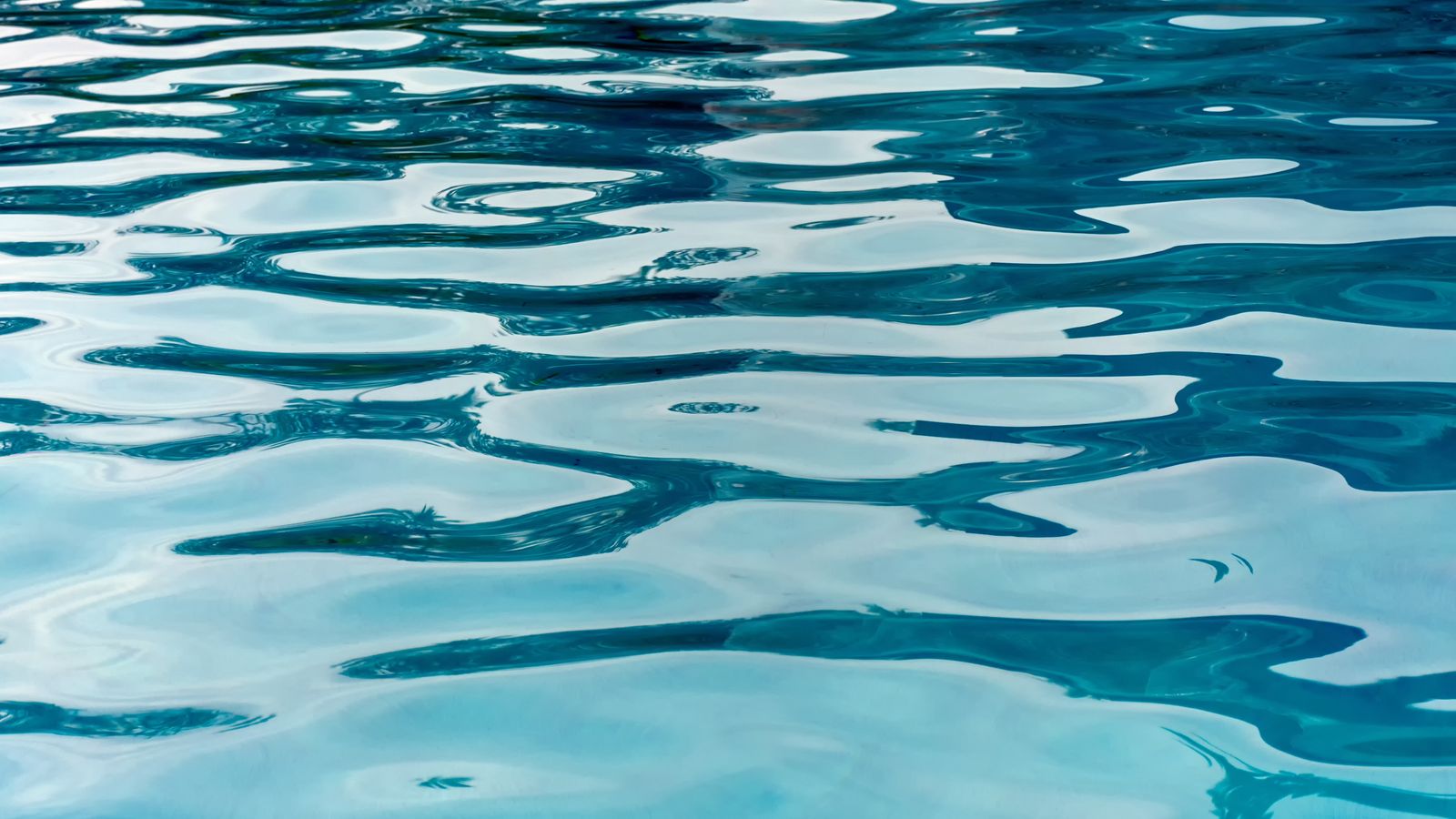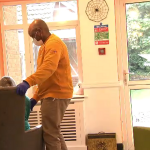More than 630 people died in accidental drownings around the UK in 2020, Swim England says.
The deaths of a mother, her nine-year-old son and a family friend in Loch Lomond illustrates the dangers the nation’s waters pose – and the grieving father left behind has warned people to take care.
His wife, child and best friend died a day after International Drowning Prevention Day – and they are among more than 30 people who have died this summer.
Please use Chrome browser for a more accessible video player
The dangers
Pools and other supervised locations are the places to go swimming, according to Michael Avril, the RNLI’s Regional Safety Lead for Scotland. He urges people to “stop and think twice” before heading to lakes, ponds and rivers.
In open water, the dangers, such as obstructions underneath the surface, currents and the water’s depth, “are hidden”.
The first two speak for themselves, but depth makes a big difference to the temperature of the water, which can rapidly change from warm in the shallows to cold at depth.
Mr Avril says: “Around the UK water is very rarely above 15C (59F) and anything under 15C means you are likely to experience cold water shock.”
This phenomenon affects our bodies in different ways, impairing our ability to swim, “because messages from your brain are not getting to your arms and legs correctly.
“Your breathing is affected and you can start gasping for air and even hyperventilating. You start to panic, your heart rate goes up, your whole body is stressed.”
It is worse for those who are unfit, or anyone with a heart condition, he adds.
The answer to cold water shock is in one of the institute’s slogans, “Float To Live”.
For that crucial first couple of minutes, as you come to terms with the shock of the cold water, “lie on your back, breathe normally and try not to panic,” he urges.
What to look out for
Mr Avril wants us to treat waterways with the respect they deserve.
“Anyone who’s in the water and not expected to be there is in trouble,” he warns.
Don’t assume you have to be a certain distance out to be struggling, as “people can drown close to shore”.
According to some estimates it can take as little as two minutes to drown, but he says it depends entirely on the person involved.
Know what to look out for
If someone is drowning, Mr Avril says, “it’s likely the head will be back and body upright”. Their eyes will show panic, and their face will be the same.
Their arms will be paddling hard near the surface “as if they were scrambling up a ladder,” he adds.
The head is also likely to be low in the water with their mouth at water level, possibly open.
If they are close enough to see, their eyes may be glassy and empty, unable to focus, or even closed and possibly covered by their hair.
They may well be hyperventilating or gasping for breath.
What to do in an emergency
Wherever you are, if you see anyone at all who may be in trouble, “call 999 as soon as possible and ask for the coastguard,” Mr Avril says.
And, he adds: “Don’t be scared about the call being a false alarm”.
Once you’ve made the call, “look around for any rescue equipment” such as lifebuoy.
Even a piece of wood will do as a floating aid, he says, or rubbish “like a empty plastic bottle or a football – anything that will help that person float”.
Whatever you do, he says, “don’t jump in to save someone – and definitely don’t go in after pets”.
Trying a rescue yourself may well simply endanger two people rather than one, while dogs, for example, cope better in water than humans.
“We get called to dogs in water and by the time we get there, it’s still swimming around happily,” he adds.






















